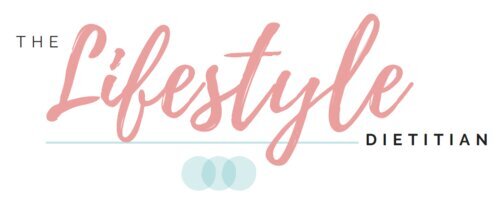The Perfect Lockdown Picnic Platter
How to build the perfect picnic platter
With lockdown rules relaxing in Sydney and restrictions easing, parks are quickly filling with picnic blankets and small groups taking the opportunity to get outside and catch up with friends and family.
A picnic platter can be an impressive addition to any outdoor gathering - but can often lead to mindless snacking on calorie-dense snacks that do little to actually keep us satisfied.
Try upgrading your picnic platter by following our simple steps below. This will allow you to munch on plenty of nutrient dense foods, filling you up with extra fibre and fluid, leaving you feeling satisfied both from a fullness perspective and enjoyment!
What you will need: Select 2-3 from each category:
Vegetables:
Chopped carrot sticks
Chopped celery sticks
Cherry tomatoes (technically a fruit but more like a vegetables)
Chopped cucumber sticks
Top and tailed green beans
Top and tailed snow peas
Chopped capsicum
Pickled vegetables
Fruits:
Strawberries
Blueberries
Raspberries
Kiwi fruit
Cherries
Figs
Grapes
Oranges
Nuts and Legumes:
Almonds
Cashews
Walnuts
Brazil nuts
Roasted chickpeas or fava beans
Crackers:
Homemade pita chips
Store bought grainy crackers
Cheeses:
Whatever you desire! It’s not the cheese that matters, it’s how much of it you eat.
Having lots of other goodies on your plate will ensure you do not need to fill up on cheese and can feel satisfied with a small amount of your favourite cheese.
A few more tips:
Place bigger items down first e.g. cheeses, bowls of dips.
We really do eat with our eyes, so the more colourful your platter the better. Remember different colours equal different nutrients but also gives your platter a vibrant lift!
Group like-items together for ease of use e.g. veggie sticks and dips, crackers and cheeses.
Fill in any gaps with smaller items, such as nuts, seeds and dried legumes/chickpeas.
Platters don't need to be expensive, but if you're not mindful, the cost can quickly add up. Remember to check your pantry first to see if there is anything you can get rid of eg nuts, shop for seasonal fruits and vegetables, make your own dips and look for what cheeses are on special!











